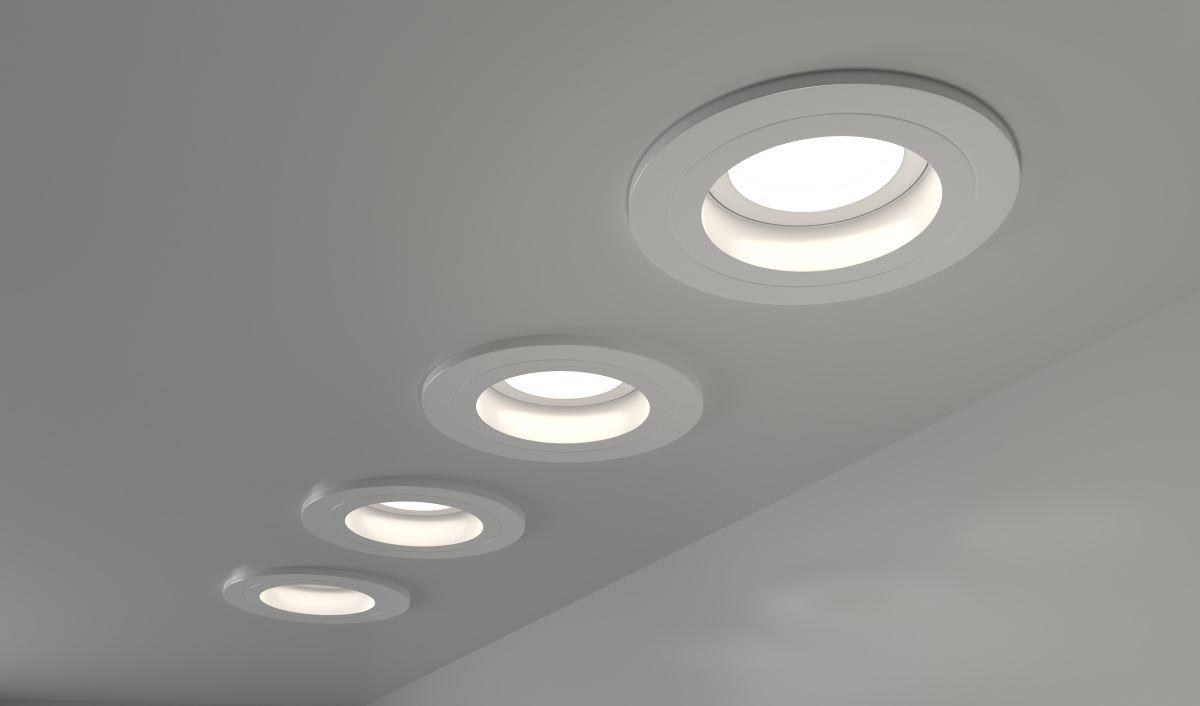In recent years, homeowners all over America have made the switch to LED lights. These long-lasting, energy-efficient bulbs and fixtures are cost-effective and versatile enough to use in every room of your home. Below, we'll discuss the benefits of upgrading your residential lighting to LEDs and explore how you can choose the right bulbs for each room in your home.
What Are LEDs?
LEDs are light-emitting diodes that can replace incandescent or fluorescent lighting options. They’re available in many types, colors, and brightness levels, and they produce very little heat, making them more energy efficient and durable than many other lighting options.
The Advantages of LEDs vs. Traditional Bulbs
When it comes to choosing a lighting type for your living space, LEDs have several advantages, including:
Energy Efficiency
LEDs use about 75–80% less energy than incandescent bulbs and roughly one-third to one-half less energy than compact fluorescent lamps (CFLs) while producing the same amount of light. Due to their high light-to-heat ratio, LEDs produce much more light than heat per watt of energy they consume. The U.S. Department of Energy (DOE) estimates that switching to LEDs nationwide could save electricity equivalent to the annual output of 44 large power plants.
Long-Term Cost Savings
Because they use less energy and need to be replaced far less often than incandescent and fluorescent bulbs, LEDs can help you save money over time. The DOE estimates that the average household can save up to $225 per year by switching from incandescent to LED lighting. For example, running a 75-watt incandescent bulb costs over six times more than running a 12-watt LED bulb that produces the same brightness.
Longevity and Convenience
LEDs are known for lasting much longer than other lighting types, with quality bulbs rated for 15,000 to 50,000+ hours of use. This means a quality LED can last 10 to 30 times longer than an incandescent bulb and 4 to 10 times longer than a CFL. Upgrading to LEDs means you’ll spend less time and money replacing bulbs, and maintenance is as simple as regular dusting or cleaning.
Environmental Benefits
LEDs are an environmentally friendly lighting source that will help reduce your carbon footprint. They contain no hazardous chemicals and are free of the mercury found in CFLs. Because they run cooler, LEDs also reduce the risk of overheating and can be recycled at the end of their life.
Versatility and Customization
Because LEDs are small, durable, and produced in a variety of colors, types, and brightness levels, they are highly versatile. You can use LEDs for ceiling lights, floor and table lamps, and accent lighting in every room. Many are dimmable, controllable by smart devices, and compatible with voice assistants. You can even program certain models to change color or brightness on a schedule. While many LED bulbs work in standard fixtures, you can also have an electrician install LED strips, undercabinet lighting, or recessed fixtures for added style and function.
Tips for Choosing the Right LED Lighting for Each Room of Your Home
Because there are so many LED lighting options, knowing the basics about brightness and color temperature can help you select bulbs that suit each space perfectly.
Lumens and Brightness
When choosing LED bulbs, the lumen rating tells you how bright they will be. A typical 12-watt LED produces around 1,000–1,500 lumens — similar to the light output of a 60–100-watt incandescent bulb. The number of lumens you need depends on the size of the room, its purpose, the time of day you use it most, and your personal preferences. Kitchens and bathrooms generally benefit from brighter light, while bedrooms and living rooms may call for softer lighting.
Color Temperature
“Color temperature,” measured in Kelvin (K), describes how warm, neutral, or cool white light appears. Warm light has more yellow or orange tones, neutral light is balanced, and cool light leans blue or green. You can buy warm LEDs that mimic traditional incandescent bulbs or neutral-to-cool LEDs that replicate daylight. Warmer tones create a cozy atmosphere, while cooler tones promote alertness and are better for tasks.
How Color Temperature Affects the Feel of a Space
2700K–3500K
Warm, orange-tinted light similar to incandescents. Great for living rooms, bedrooms, and dining areas to create a cozy, relaxed ambiance.
3500K–4500K
Neutral, balanced light with a crisp feel, often close to daylight. Works well in kitchens, bathrooms, and home offices where visibility and focus are important.
4500K+
Cool white light, with 5600K being similar to daylight at noon. Best for garages, workshops, and areas where sharp, bright illumination is more important than a warm, cozy feel.
Upgrade Your Home Lighting to LEDs and Enhance Your Quality of Life!
Lighting your Evansville, IN home with LEDs is a modern, eco-friendly, and cost-effective way to cut energy use without sacrificing brightness. Their efficiency, long lifespan, and versatility make LEDs a smart choice for any homeowner. At Mister Sparky®, we can help you choose the right bulbs and fixtures, update wiring if needed, and ensure everything is safely installed. We also provide 24/7 emergency service for peace of mind. Call us today to bring your home lighting into the future!















